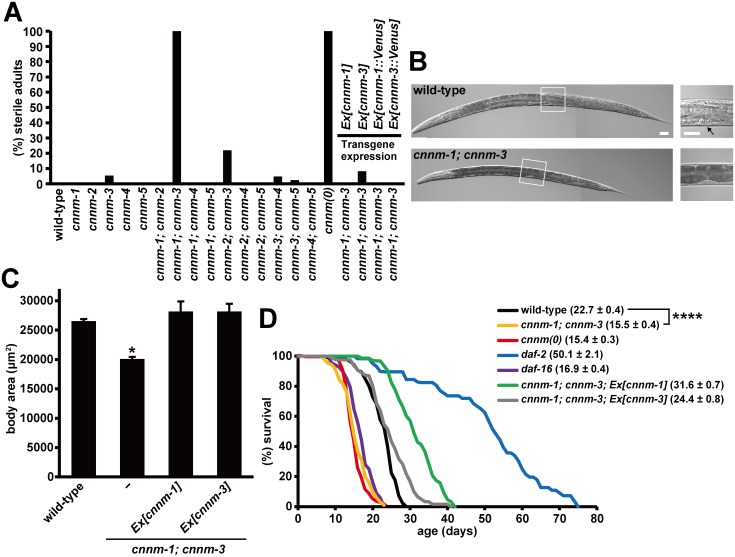Fig 2. Pleiotropic phenotypes of cnnm-1; cnnm-3 mutant worms.
(A) Quantification of the sterile phenotype for each genotype. Eggs collected by synchronous laying were grown for 4 days and then examined for the presence of embryos in their uteri by microscopic observation. Worms lacking embryos were scored as sterile. More than 100 worms were analyzed for each genotype. cnnm(0): cnnm-1; cnnm-2; cnnm-3; cnnm-4; cnnm-5 mutant. (B) Nomarski images of wild-type and cnnm-1; cnnm-3 mutant worms grown for 3 days. High-magnification views of the boxed areas are also shown (right). Arrow indicates the vulva. Bar, 30 μm. (C) Mixed stage worms from L2 to adult (L4 to adult worms were most abundant) were examined for alae formation and subjected to body size measurement (n = 30 in each experiment). The body size at the transition from L4 to the adult molt was estimated by calculating the mean body size of the smallest three worms with alae and the largest three worms without alae. The data are shown as the means of three experiments. Error bars indicate SEM. p values were determined by ANOVA, followed by two-tailed multiple Student’s t-test with Tukey’s correction. *p < 0.05 versus wild-type. (D) Lifespan of worms with the indicated genotype. For each genotype, 45 synchronized L4/young adult worms were transferred to fresh plates (15 worms per plate) and were then scored daily for survival. The graph represents data combined from at least two experiments. Mean lifespan (± SEM) of worms is also indicated in parentheses. p values were determined by log rank (Mantel-Cox) test, and the Bonferroni method was then used to correct for multiple comparisons. ****p < 0.0001.

